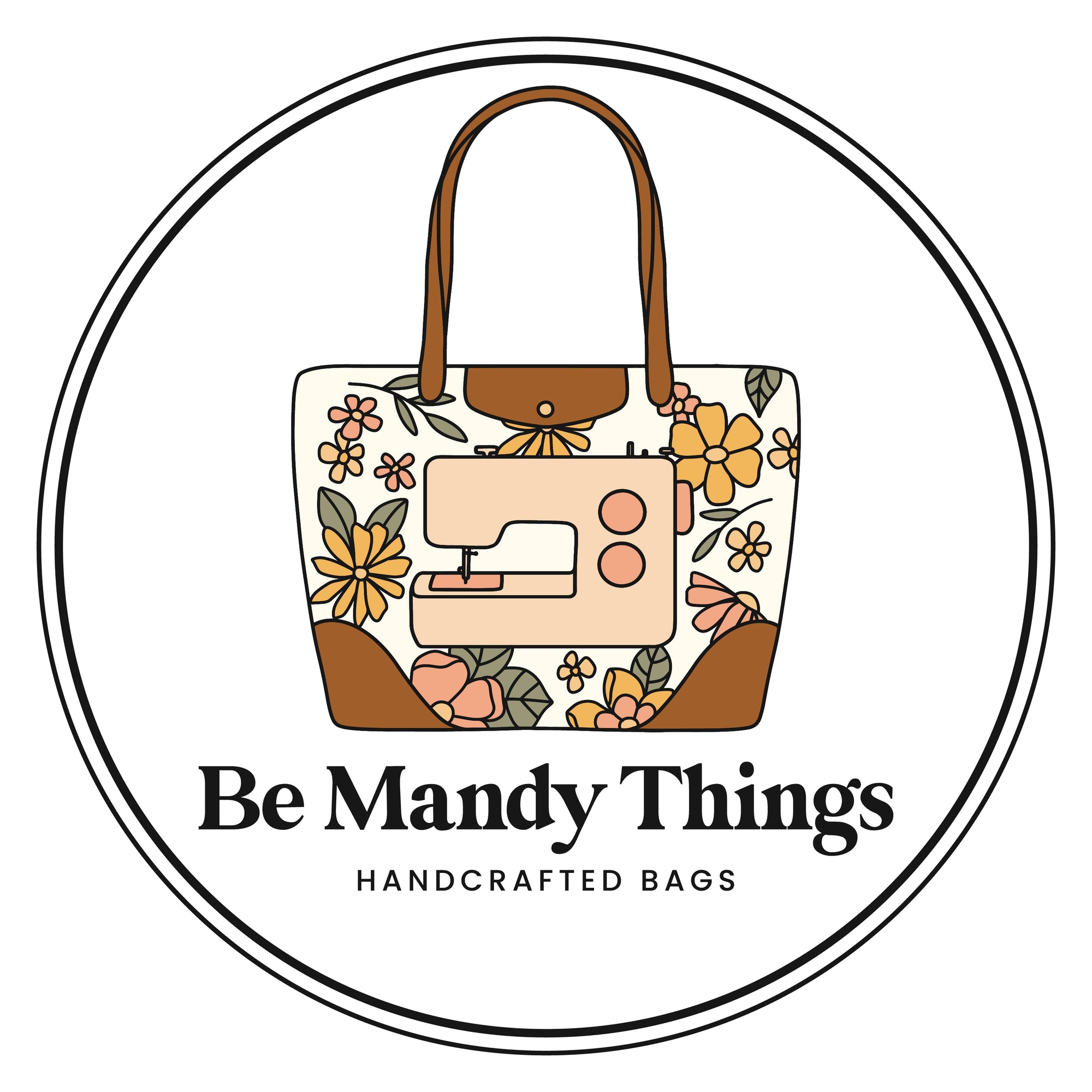- Home
-
PDF SEWING PATTERNS
-
SEW BETTER BAGS
- IN PERSON CLASSES
-
MY FAVORITE SEWING TOOLS
-
AMAZON SEWING TOOLS PICKS
- BAGMAKING SUPPLY GUIDE
-
BAGMAKING WITH SALLIE TOMATO
- AFFILIATE DISCLOSURE
-
-
BLOG
-
WORK WITH ME
-
FREEBIES
-
CONTACT ME
- CONTACT ME
-
MEET AMANDA
-



